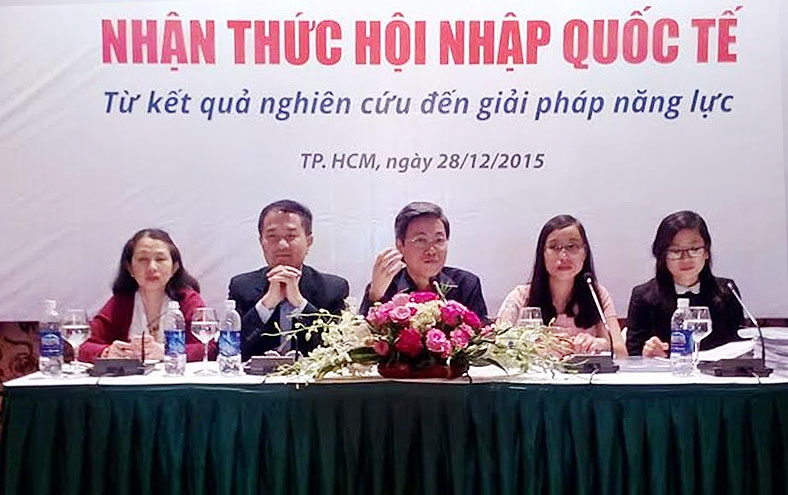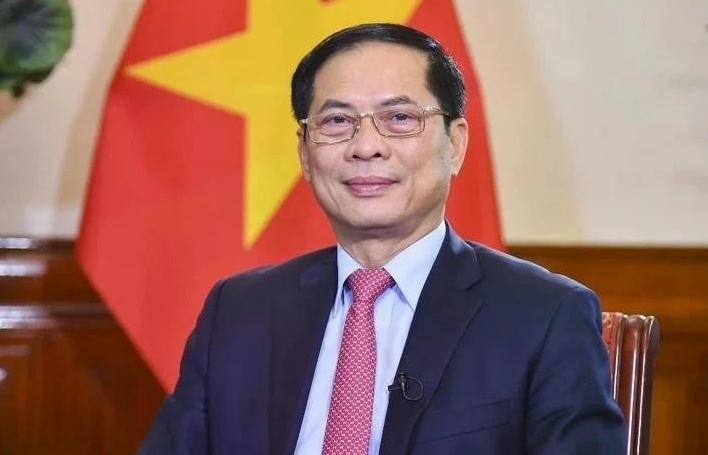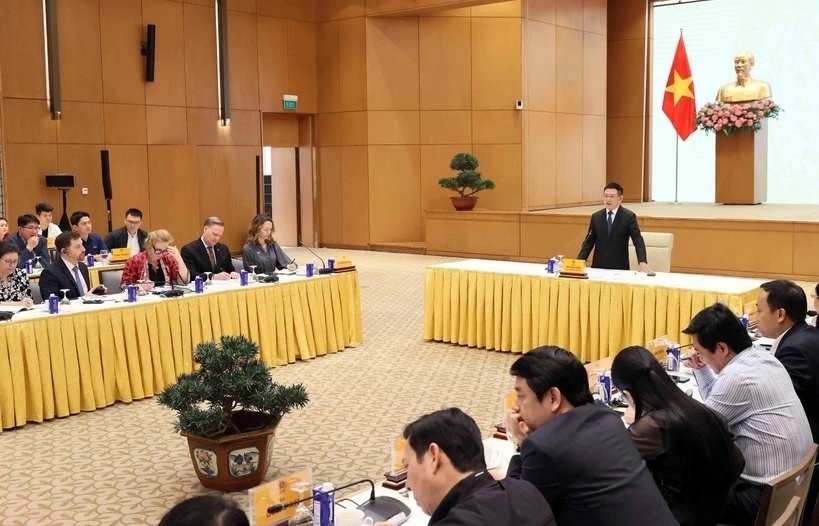Most Vietnamese companies still not ready for ASEAN Economic Community

According to the findings of the survey conduced by PACE Institute of Management, released on December 28, more than half or 56.8 per cent of surveyed companies said they did not know and did not care about the AEC. The figures were 40.9 per cent for the Trans-Pacific Partnership (TPP) and 33.4 per cent for the World Trade Organization (WTO).
The survey, answered by 493 business people, 82.7 per cent of whom hold top management positions at their companies, 9.9 per cent holding middle management positions and 7.4 per cent other positions, aimed to see how well Vietnamese companies understand economic integration and the effects of the process on them.
As much as 85.5 per cent of surveyed companies did not know what the AEC entails. The percentages for the TPP are 77.8 per cent and for the WTO 66.3 per cent. Even more surprising, 75.7 per cent of surveyed companies did not know when the AEC would be established. 81.5 per cent did not know that the aim of the AEC would be to establish a single production base.
As for the TPP, 57 per cent of surveyed companies did not know that one part of the TPP would be the total elimination of export and import tariffs among member countries.
On the other hand, 29.4 per cent said they knew that the trade pacts meant that competition was going to increase, and 35.8 per cent knew that they would lose customers.
Only 19.7 per cent of surveyed companies said they were ready for the AEC. The figures were 21.7 per cent for the TPP and 31.1 per cent for the WTO. 51.7 per cent said they were not preparing for the AEC, while the figures were 46.7 per cent for the TPP and 43 per cent for the WTO.
The result of the survey is not surprising. Multiple surveys carried out by business associations and other organisations in Vietnam since the beginning of the year showed similar results. Some companies explained that they really needed information but did not know where to find them.
According to Cao Sy Kiem, chairman of the Vietnam Association of Small and Medium Entreprises, big companies or companies partly or wholly foreign-owned are more likely to keep tab on the changes in the market and thus know more about how economic integration would potentially affect them.
“Meanwhile domestic companies, especially small and medium private companies, don’t really know what the trade pacts would entail. Without preparation the firms are not going to be able to take advantage of the opportunities and overcome the challenges that economic integration brings about,” he said.
|
Since 2003, leaders of the Association of Southeast Asian Nations (ASEAN) have worked on their vision towards 2020 with the three central pillars being the ASEAN Political and Security Community (APSC), the AEC, and the ASEAN Socio-Cultural Community (ASCC). The ASEAN Economic Community (AEC), to be established on December 31, 2015, is made up of 10 nations with a total population of more than 620 million people. Of this number, 300 million are of working age. In 2014, AEC was collectively the third largest economy in Asia and the seventh largest in the world. According to the AEC Blueprint adopted in 2007 by ASEAN leaders, the AEC will establish ASEAN as a single market and production base making ASEAN more dynamic and competitive. An ASEAN single market and production base shall comprise five core elements: (i) free flow of goods; (ii) free flow of services; (iii) free flow of investment; (iv) freer flow of capital; and (v) free flow of skilled labour. As of now substantial progress has been achieved in, among others, eliminating tariffs and facilitating trade; advancing the services trade liberalisation agenda; liberalising and facilitating investment; streamlining and harmonising capital market regulatory frameworks and platforms; facilitating skilled labour mobility; promoting the development of regional frameworks in competition policy, consumer protection and intellectual property rights; promoting connectivity; narrowing the development gap; and strengthening ASEAN’s relationship with its external parties. The AEC Blueprint 2025, adopted in November of this year, built on the original AEC Blueprint, and consisted of five interrelated and mutually reinforcing characteristics, namely: (i) a highly integrated and cohesive economy; (ii) a competitive, innovative, and dynamic ASEAN; (iii) enhanced connectivity and sectoral cooperation; (iv) a resilient, inclusive, people-oriented, and people-centred ASEAN; and (v) a global ASEAN. |
What the stars mean:
★ Poor ★ ★ Promising ★★★ Good ★★★★ Very good ★★★★★ Exceptional
Latest News
More News
- Vietnamese State President holds talks with visiting Brazilian counterpart (March 28, 2025 | 15:10)
- Government seeks FDI boost to achieve 8 per cent growth (March 28, 2025 | 12:00)
- VAT cut to aid business development (March 27, 2025 | 14:55)
- Prime Minister holds talks with visiting Singaporean counterpart (March 26, 2025 | 13:10)
- PM hosts official welcome ceremony for Singaporean counterpart (March 26, 2025 | 11:38)
- Enterprises access innovative solutions at VGMF 2025 (March 26, 2025 | 10:00)
- Korean investors raise key concerns in Ho Chi Minh City dialogue (March 26, 2025 | 08:00)
- Deputy PM discusses financial centre development with ECB (March 25, 2025 | 15:00)
- Vietnam to impose emission quotas on 150 largest enterprises (March 24, 2025 | 14:00)
- Banks cut rates to boost business (March 21, 2025 | 16:27)


















 Mobile Version
Mobile Version